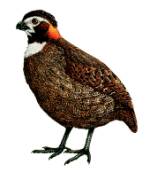
Odontophorus dialeucos
Odontophorus dialeucos,Tacarcuna wood quail
Odontophorus dialeucos and Tacarcuna wood quail are active at dawn or dusk. ···
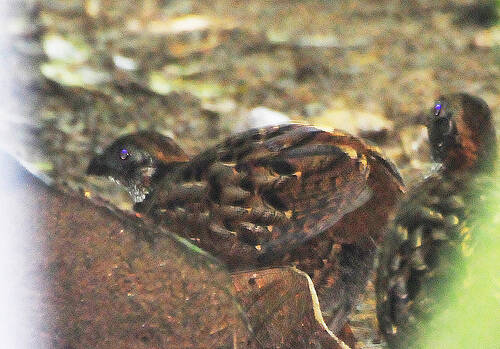
Odontophorus columbianus
Odontophorus columbianus,Venezuelan
Odontophorus columbianus, Venezuelan quins, are active at dawn or dusk and l···
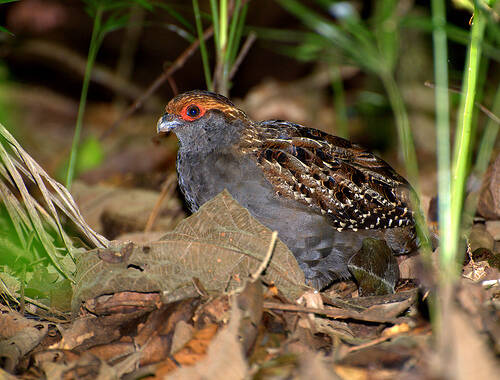
Odontophorus capueira
Odontophorus capueira,Spot-winged Wood-quail
Known as Odontophorus capueira or Spot-winged Wood-quail, they are active at···
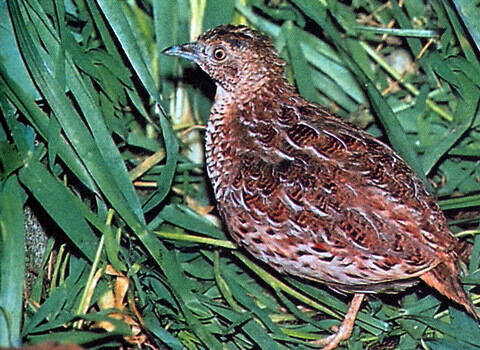
Odontophorus balliviani
Odontophorus balliviani,Stripe-faced Wood-quail
Odontophorus balliviani, or Stripe-faced Wood-quail, is active at dawn or du···
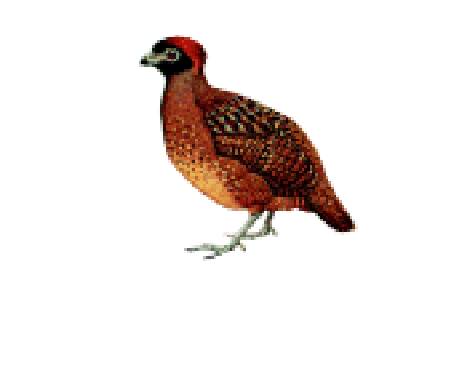
Tacarcuna Wood-quail
Tacarcuna Wood-quail,Odontophorus dialeucos,Black-fronted Wood-quail,Black-fronted Wood Quail
Odontophorus atrifrons is a timid species and therefore one of the most diff···
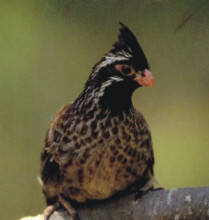
Long-tailed Wood-partridge
Long-tailed Wood-partridge,Long-tailed Wood Partridge,Dendrortyx macroura
Dendrortyx macroura, Long-tailed wood-partridge, Long-tailed Wood Partridge,···
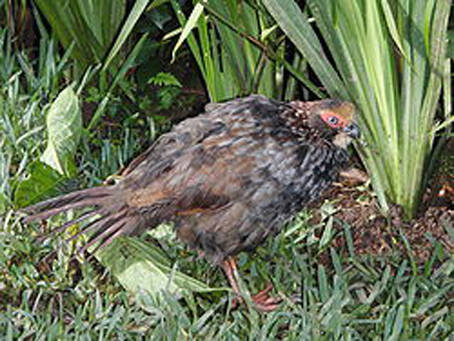
Dendrortyx leucophrys
Dendrortyx leucophrys
Its scientific name is Dendrortyx leucophrys, but its specific habits are un···

Dendrortyx barbatus
Dendrortyx barbatus,Bearded Wood-partridge
The Bearded quail (Dendrortyx barbatus) is bearded Wood-partridge and has no···

Dactylortyx thoracicus
Dactylortyx thoracicus,Singing Quail
Singing Quail (Dactylortyx thoracicus) has 17 subspecies.Quails live in smal···
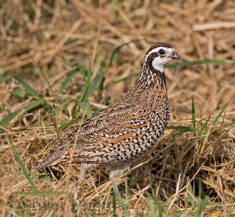
Cyrtonyx sallei
Cyrtonyx sallei,Spot-breasted Quail
Cyrtonyx sallei: Formerly a subspecies of the Montejo quail, it became a sep···
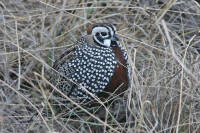
Ocellated Quail
Ocellated Quail,Cyrtonyx ocellatus
Ocellated Quail (Cyrtonyx ocellatus), no subspecies.Quails are herbivorous b···
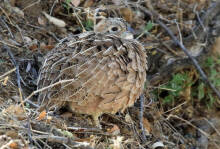
Cyrtonyx montezumae
Cyrtonyx montezumae,Montezuma Quail
Colored Quail (Cyrtonyx montezumae) has five subspecies.Painted quails feed ···
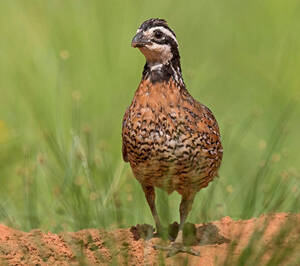
Northern Bobwhite
Northern Bobwhite,Colinus virginianus
Northern Bobwhite Partridge (Colinus virginianus) is a small partridge with ···

Colinus leucopogon
Colinus leucopogon,Spot-bellied Bobwhite
Spot-bellied Bobwhite (Colinus leucopogon) has six subspecies.Male quail bir···

Colinus nigrogularis
Colinus nigrogularis
The name Colinus nigrogularis is unknown.International Union for Conservatio···
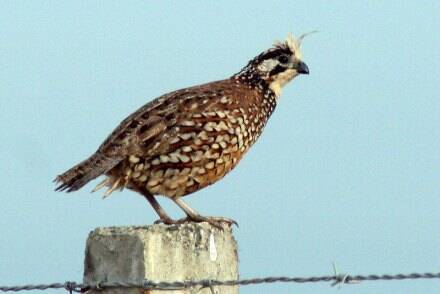
Colinus cristatus
Colinus cristatus,Crested Bobwhite
Colinus cristatus, Crested Bobwhite, is an insect eater. In spring and summe···
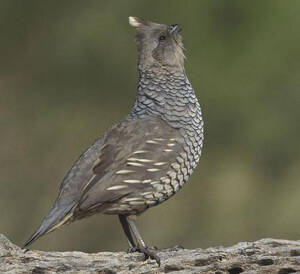
Callipepla squamata
Callipepla squamata,Scaled Quail
Callipepla squamata is called Scaled Quail and has four subspecies.The quail···
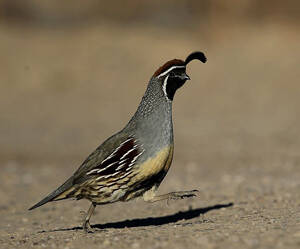
Gambel's Quail
Gambel's Quail,Callipepla gambelii
Callipepla gambelii belongs to the family Callipepla, there are 7 subspecies···
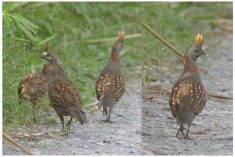
Callipepla douglasii
Callipepla douglasii,Elegant Quail
The Quail's scientific name is Callipepla douglasii and its foreign name···
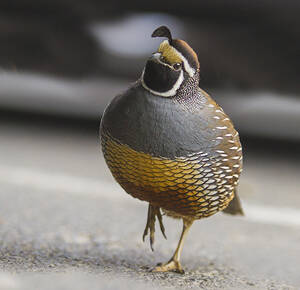
Callipepla californica
Callipepla californica,California Quail
Callipepla californica (California Quail) has eight subspecies.The quails fe···
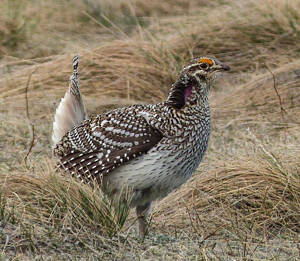
Tympanuchus phasianellus
Tympanuchus phasianellus,Sharp-tailed Grouse
The Sharp-tailed prairie Grouse (Tympanuchus phasianellus) is known as sharp···
